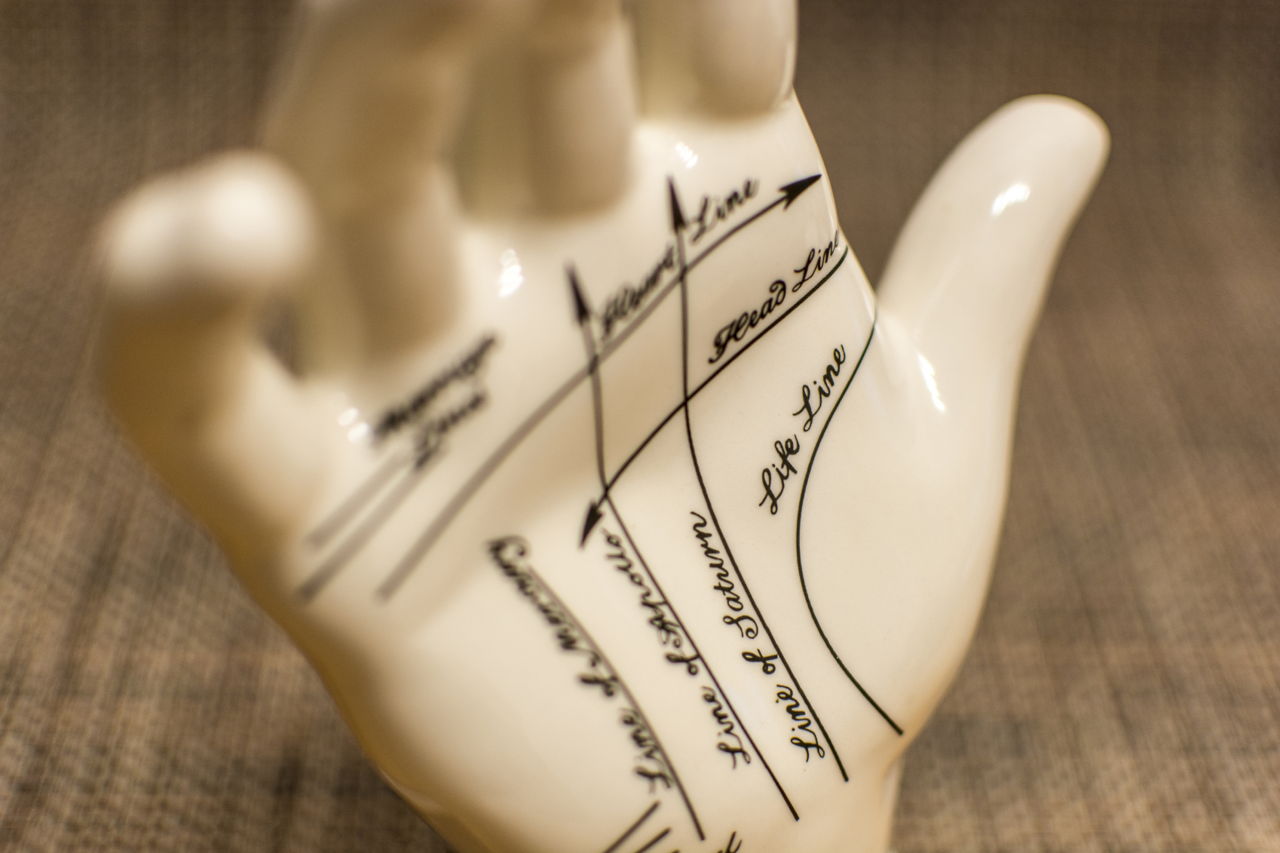Blogs
Mental health crisis teams in England: lost in translation?
Emergency Resolution Teams (CRTs) for working-age grown-ups have been executed crosswise over England since 2000. Their point is to treat those in psychological well-being emergency at home, decreasing the requirement for healing facility affirmations. An as of late distributed national review (Lloyd-Evans et al, 2018) created a preview of the consideration given by CRTs crosswise over England in late 2016, testing how far they mirror the model set out in the strategy direction for their execution.
Emergency groups are not a very much cherished intercession among benefit clients and survivors: the normal guidance to have a shower and some tea has turned into a running joke in online emotional wellness networks; I made a Crisis Team Bingo Card in view of my own and others’ encounters from the #CrisisTeamFail hashtag on Twitter.
The Crisis Team Bingo Card by Rachel Rowan Olive.
The Crisis Team Bingo Card by Rachel Rowan Olive.
Techniques
A 91-thing poll, including a blend of quantitative inquiries and inquiries requiring free-content reactions, was conveyed to CRTs, with a 95% reaction rate. This added up to reactions from 190 of 198 grown-up CRTs, 13 of 15 CRTs for youngsters and youngsters, and 30 of 31 CRTs for more seasoned grown-ups. Polls were finished by group administrators or ranking staff.
Polls mapped how intently CRTs clung to strategy suggestions for their execution: this secured staffing levels, caseload size, referral and access courses of action, qualification criteria, staff preparing and group theory of consideration, and the group’s job in “gatekeeping” healing center affirmations. These measurements were contrasted with a comparable arrangement of criteria from a 2012 study of CRTs.
Results
There is immense variety in how far CRTs cling to the arrangement suggestions:
Just 1% (one group) clung to all the prescribed staffing and access prerequisites
Just 9% of CRTs clung to all the prescribed staffing prerequisites
Just 42% had “simple referral forms” including tolerating direct referrals from GPs, patients and families
69.5% of grown-up CRTs set an objective for time to react to a referral. 86% set an objective for beginning an evaluation, however that objective shifted from 1 hour to multi week. The middle least number of visits every week to somebody on the caseload was 2 for the two grown-ups and CYP, and 3 for more established grown-ups
CRTs work in broadly shifting intense consideration framework settings, with 32% of grown-up groups being ‘gatekept’ themselves by means of a different triage/emergency evaluation benefit; 22% approaching an intense day healing center; and 46% approaching private non-clinic emergency beds.
At the point when contrasted with the outcomes from 2012, a few things had changed:
Arrangement of home visits every minute of every day had expanded from 39% to 69%
Acknowledgment of self referrals from known patients expanded from 55% to 69% and for new patients from 20.9% to 43%
Be that as it may, the level of CRTs meeting least staffing necessities upon the arrival of the review had tumbled from 87% to 76%. The 2016 level likewise dropped to 55% of groups when figured on their announced most elevated run of the mill caseload. In any case, the investigation creators take note of that this evident diminishing in staffing could mirror a higher reaction rate on the important inquiries in the later study.
Ends
This investigation affirms the postcode lottery detailed by benefit clients as far as access both to CRT care and to different emergency/intense consideration.
It likewise clarifies that best down arrangement direction isn’t sufficient to reliably actualize an intercession; an end recognizable to any administration client who has attempted to get to NICE-rule agreeable consideration.
This investigation affirms the postcode lottery detailed by psychological well-being administration clients as far as getting to Crisis Resolution Teams and different emergency or intense consideration.
This examination affirms the postcode lottery detailed by emotional wellness benefit clients as far as getting to Crisis Resolution Teams and different emergency or intense consideration.
Qualities and restrictions
A key quality of this paper is its high study reaction rate, proposing it gives a strong outline of how groups are (not) executing the approach direction. It gives a valuable preview of CRT care. The inquiry is what occurs next with this data? (see the suggestions beneath).
A noteworthy confinement is the absence of information on CRTs’ capacity to provide food for those with particular needs identifying with race or sexual orientation, for instance. There is clear proof that ladies with psychological wellness issues are especially liable to have encountered or be encountering household and additionally sexual brutality (Khalifeh et al, 2014). It is essential this is thought about in inquire about groups like CRTs where benefit clients may meet a substantial number of new staff rapidly, and where those staff might make home visits: damaged ladies are probably not going to react well to an unusual man coming into their home, regardless of whether they are wearing a NHS cord. By and by, it took quite a while and a few emergencies to work out how to get my sex related requirements met; which require not have been the situation if my nearby CRT had possessed the capacity to envision that terrified ladies may have valid justification to be more unnerved of men. Given the as of late much announced actuality that BME benefit clients are lopsidedly liable to be kept under the Mental Health Act (CQC, 2018), it would likewise be sensible to take a gander at what is turning out badly in the network emergency care for this gathering.
It would in this way have been useful to have an inquiry in the review on whether CRTs had a particular arrangement for addressing needs identifying with sexual orientation or race. This mirrors a more extensive issue where look into on secured attributes is regularly transferred to isolated, centered examinations; however to affect standard strategy, they additionally should be incorporated into standard research.
Another constraint is the absence of information on how frequently CRTs were seeing individuals on their caseloads, or to what extent individuals were commonly on their caseload for. Information was gathered on whether groups set an objective reaction time and the base number of visits every week; except there is no data on the degree to which these objectives were met or the run of the mill number of visits every week. The effect of more prominent availability for patients while groups have less staff is in this manner misty.
There is no data on any administration client or survivor association in this paper. When in doubt, this implies there was either none or practically nothing. I can’t resist pondering whether co-delivering the survey with an assorted gathering of individuals may have foreseen a portion of these constraints. Relatedly, surveys were finished by group supervisors or senior individuals from staff who by and by are probably going to have less contact with benefit clients. For absolutely quantitative estimates this is probably not going to have presented inclination, yet it is fascinating to see whether benefit clients or potentially more junior staff gave indistinguishable reactions from an administrator on whether the group attempts to a named demonstrate, for example.
At long last, there is a confinement inalienable in utilizing strategy direction as the beginning stage, which takes as read complying with said direction is certain. In any case, the needs of strategy producers are not really those of administration clients and survivors. For example, my experience of CRTs’ “gatekeeping” job for healing center confirmations has been negative, seeming centered around administrations’ have to decrease bed days instead of on my necessities. It has for the most part implied making an arrangement when intensely upset with either the Emergency Department Psychiatric Liaison or my general consideration group, just to need to experience another evaluation with an outsider from the CRT who could possibly affirm it. This procedure is sabotaging and now and again has abandoned me very risky. It is vital for this study to be upheld up by more subjective research to explore the connection between holding fast to CRT approach direction and giving important help.
It would have been useful to have an inquiry in the study on whether CRTs had a particular arrangement for addressing needs identifying with sexual orientation or race.
It would have been useful to have an inquiry in the overview on whether CRTs had a particular arrangement for addressing needs identifying with sexual orientation or race.
Suggestions
There are suggestions for both strategy and research.
The clearest suggestion for inquire about, featured by the investigation creators, is that more data is required:
right off the bat, on the consideration framework setting in which emergency groups work;
besides, on the consideration CRTs are really giving and how successful this is, for every one of the three age sections;
thirdly, on the effect of evidently giving more noteworthy access to CRTs when less are meeting least staffing necessities;
also, fourthly, on any measures to enhance the execution of CRTs.
I accept there is a need to ground future research in existing information around race and sexual orientation, and for quantitative information to be sponsored up by strong subjective research which can put them with regards to benefit clients’ encounters.
The changeability of CRTs’ execution has suggestions for the proof base of much clinical practice. From my point of view as an administration client, I consider how my consideration can genuinely be proof based, when so much is obviously lost in interpretation from arrangement to rehearse.





















